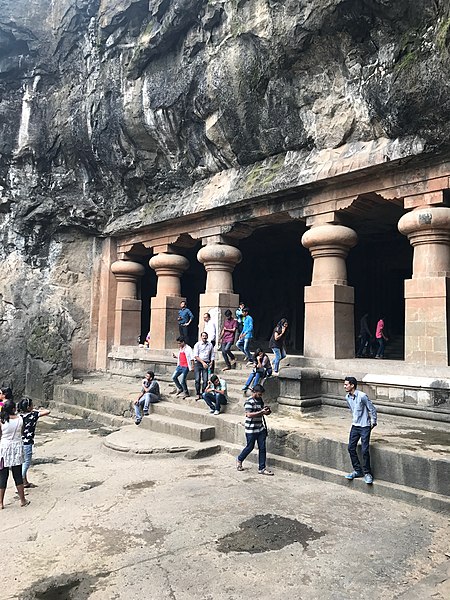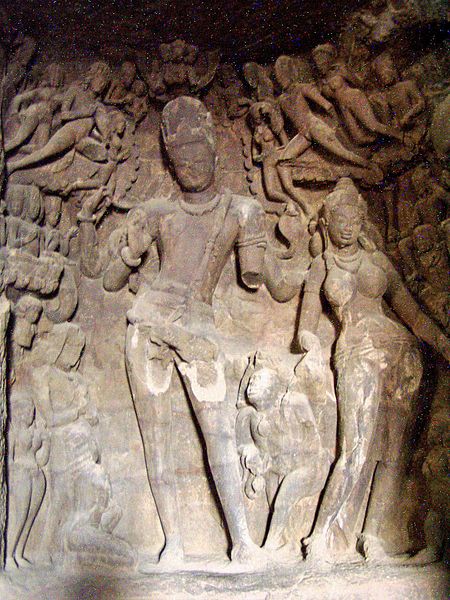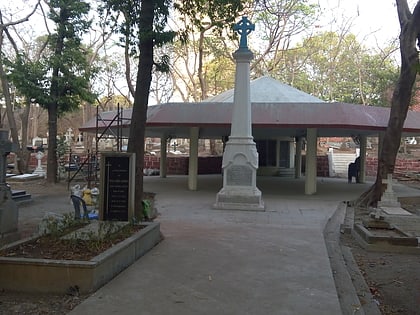Elephanta Caves, Mumbai

Facts and practical information
Carved into the basalt rock of an island in Mumbai Harbor, the Elephanta Caves stand as a testament to India's rich religious heritage and artistic expression. These impressive cave temples, dedicated to the Hindu god Shiva, are a UNESCO World Heritage Site and offer a glimpse into the spiritual and cultural life of ancient India.
The network of caves, primarily dating back to the 5th to 7th centuries, is renowned for its stunning rock-cut architecture and elaborate sculptures. The most notable among them is the 20-foot-tall Trimurti Sadashiva, a three-faced representation of Lord Shiva that depicts his three essential aspects: creation, protection, and destruction.
Accessible by a ferry ride from Mumbai's Gateway of India, the journey to the caves is an experience in itself, offering panoramic views of the Mumbai skyline and the sea. Upon arrival, visitors are greeted by a series of stone steps that lead to the cave complex, which consists of five Hindu caves and two smaller Buddhist caves.
The main cave, also known as Cave 1, is the focal point of the site, housing a grand pillared hall and a sanctum with a Shivalinga, a symbolic representation of Shiva. Intricate carvings of mythological narratives and yogic postures adorn the walls, reflecting the artistic and spiritual practices of the time.
The Elephanta Caves are open to the public and attract both pilgrims and tourists seeking to explore India's ancient past. The site is not only a place of worship but also an extraordinary example of rock-cut architecture in India. Visitors are advised to wear comfortable shoes for the climb and to bring a camera to capture the remarkable artistry of the sculptures.
Elephanta CavesMumbai
Elephanta Caves – popular in the area (distance from the attraction)
Nearby attractions include: Sewri Fort, Sewri Christian Cemetery, Ferry Wharf, Mazagaon.


















